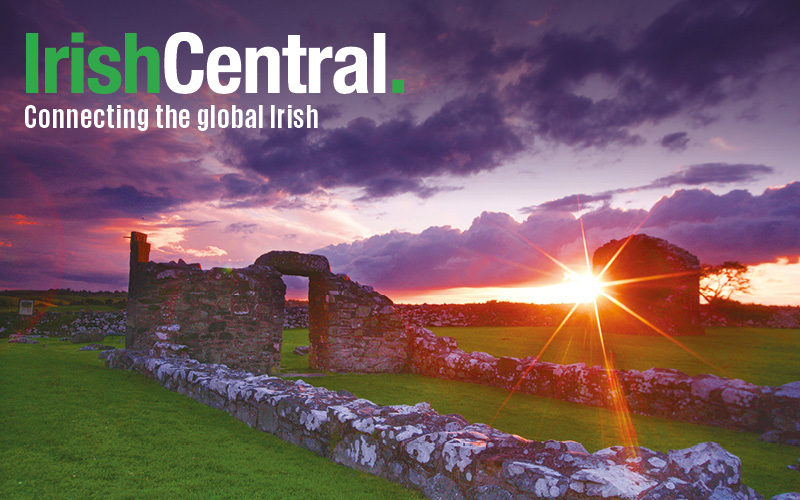I have watched it rise from a subway platform in faraway Queens, its epic profile soaring high over the Manhattan skyline.
It's a quietly beautiful building, the new 1 World Trade Center.
But I don't talk to people about it because I discovered that I can't. I find myself becoming tongue-tied, my heart fills. Each day when that arresting silhouette comes into view, I feel a momentary mixture of elation and sorrow. It's such an Irish reaction, that. The sorrow of history in an inseparable dance with the hopes of tomorrow. When you're Irish, you can't ever seem to have one without the other.
Although I have never met them, I am proud beyond words of the Irish-American master craftsmen who built 1 World Trade Center. That army of dedicated carpenters, laborers, electricians—all trades filled with the Irish here for generations back—worked to raise 1 World Trade Center heavenward with a surety that never fails.
From the heat of summer though the biting polar vortex and beyond, to the first faltering days of spring, they worked ceaselessly, carefully. Their dedication speaks to us through its sheer flawlessness. They know very well that their work—now the tallest building in the western hemisphere—speaks for itself.
There aren't many causes for wonder in New York City or in the world right now, but 1 World Trade Center is one of them. It's as much a work of art as a work of engineering because it speaks deeply to our private hopes and dreams. It says, I share them, and I reflect them, and I am them. For this reason, it can leave me speechless.
And on foggy days, or on days when the overcast sky seems to half engulf the land, 1 World Trade Center can take on a phantom quality, when that most solid of structures seems to haunt itself through the morning and late afternoon. It's just a trick of the light, but if you have lived here for a long time, it's a trick that's filled with meaning.
There is something strangely wonderful in the double take. Is it 1 World Trade Center or one of the ghostly Twin Towers that we're looking at? That potent mix of presence and absence is one that older New Yorkers, the ones who lived here though the first years of the millennium, will never be able to resolve in themselves.
Because I was a reporter during 9/11, I ran toward the event that people were fleeing. I watched in the days that followed as anxious messages appeared on makeshift notice boards from Grand Central to the Upper West Side: "Have you seen my wife, my son, my brother?" These were prayers as much as solicitations. Hundreds of beloved faces, a snapshot of the city. Like anyone who saw them, I have never gotten over the sight.
In the days that followed, I sat on strangers' couches and listened as they unburdened themselves. The whole island of Manhattan seemed like a smoking crater to me. The people I talked to were still wide-eyed and shell-shocked, grasping to make sense of the senseless. They were often furious too but unfailingly kind—parents spoke of their children, women and men of their spouses, sisters, brothers, or lovers.
Numbed by the sheer enormity of the loss they told me that it was beyond language, beyond the heart's capacity, beyond endurance. What do you do with a loss like that, they asked me?
Then in the months that followed, I remembered how the 19th century Irish—unique in Europe of that time—had lived through a near extinction event. Parents, children, women and men starved where they fell or just made it out alive.
Heartsick and despairing, they arrived in Manhattan and they did the only thing they could—they rebuilt.
‘Many times man lives and dies
Between his two eternities,
That of race and that of soul,
And ancient Ireland knew it all.’
I can see the legacy of the Great Hunger Irish and their fierce determination on every floor of that soaring new skyscraper. I see the story 1 World Trade Center is telling the Irish about ourselves. And when it catches me off guard, I'm moved to tears by it.
* Originally published in March 2014.




Comments